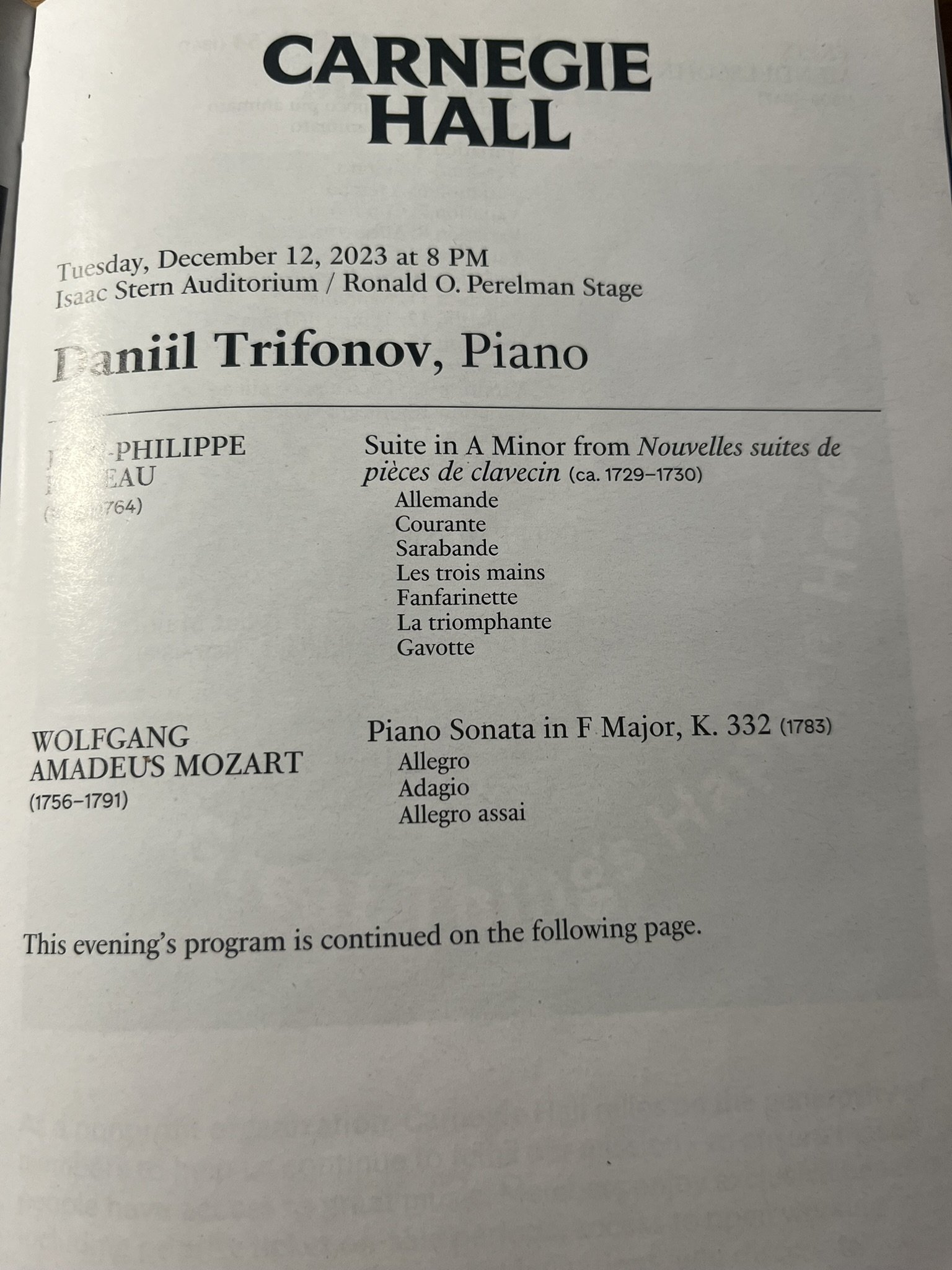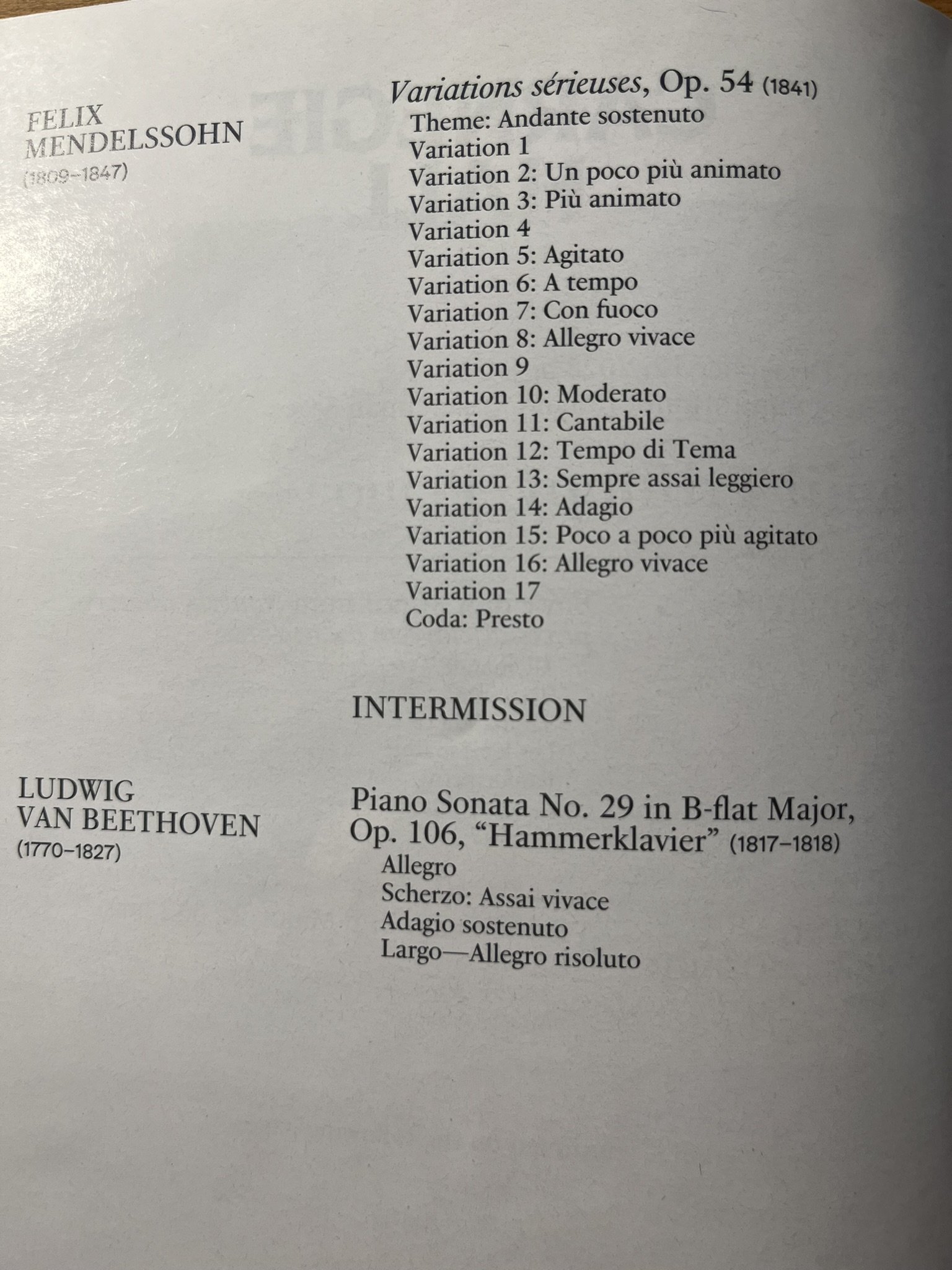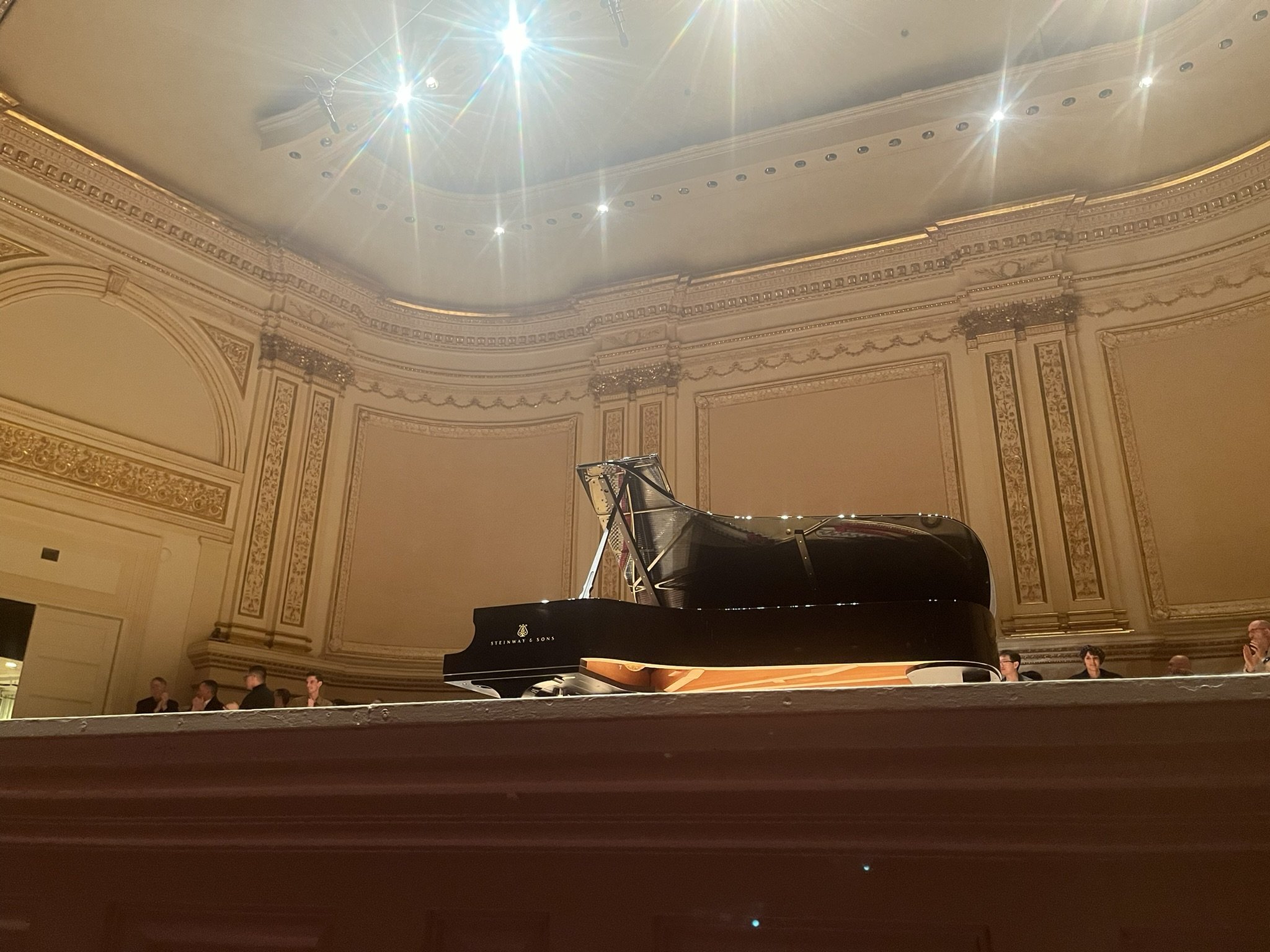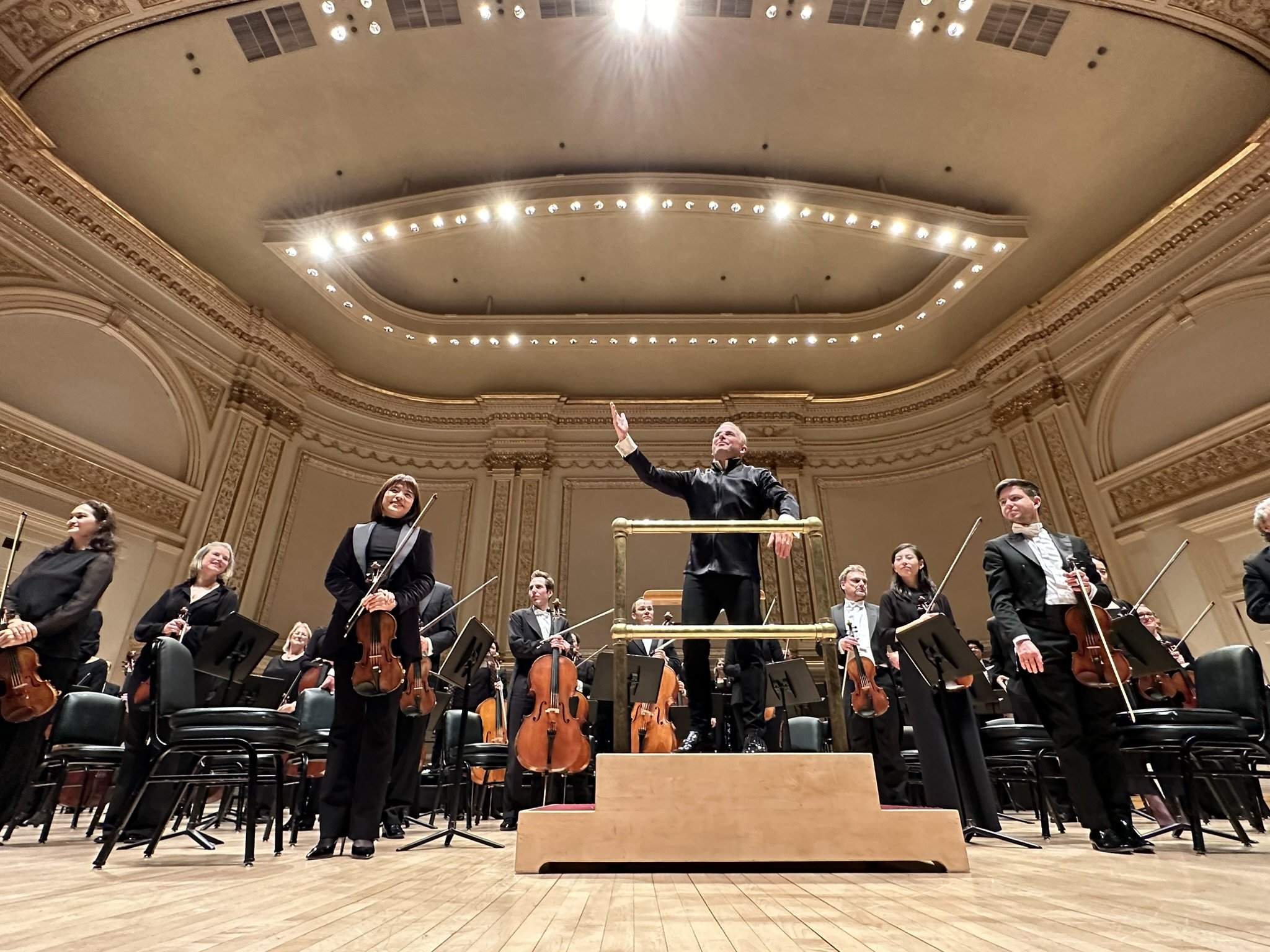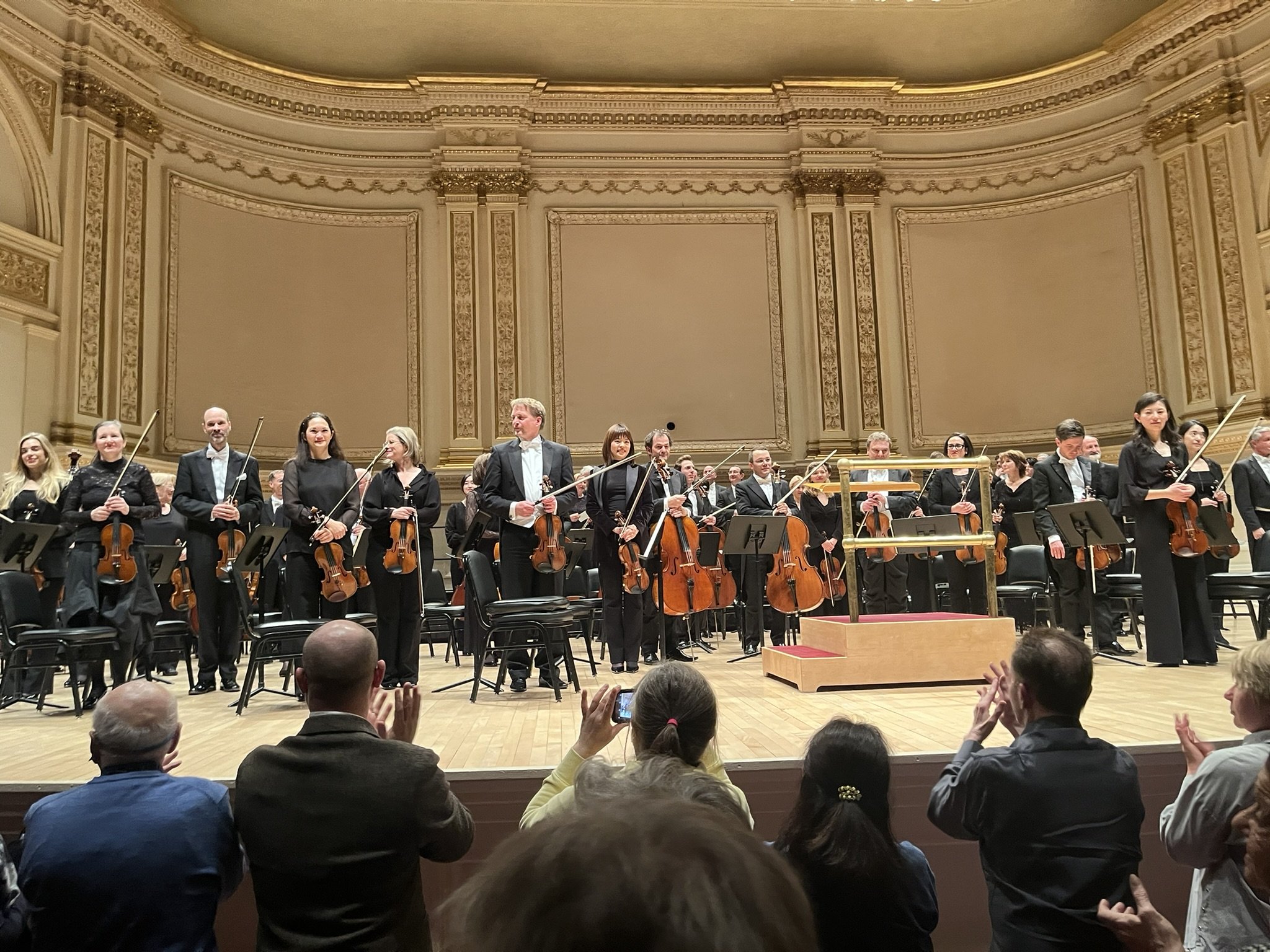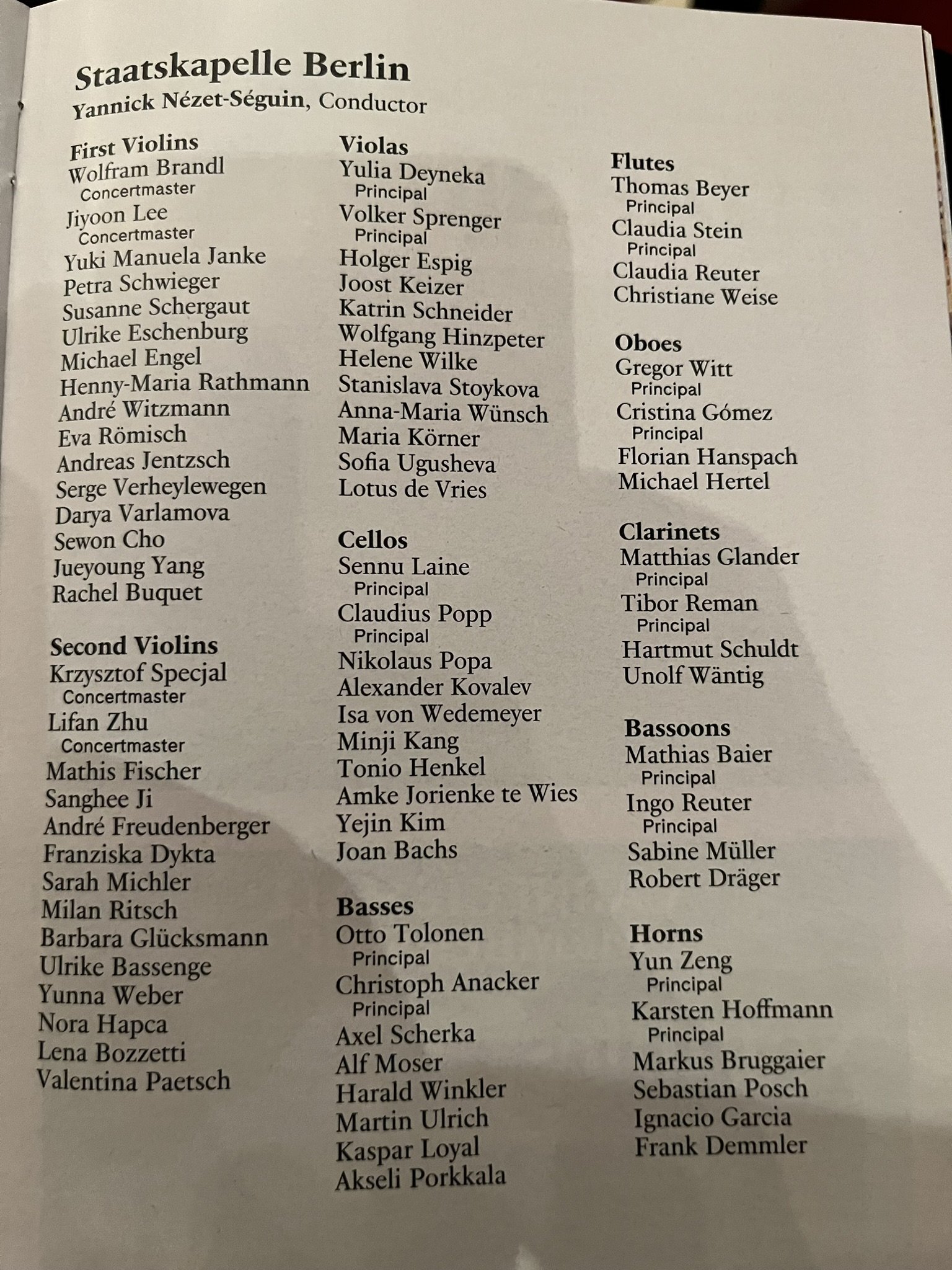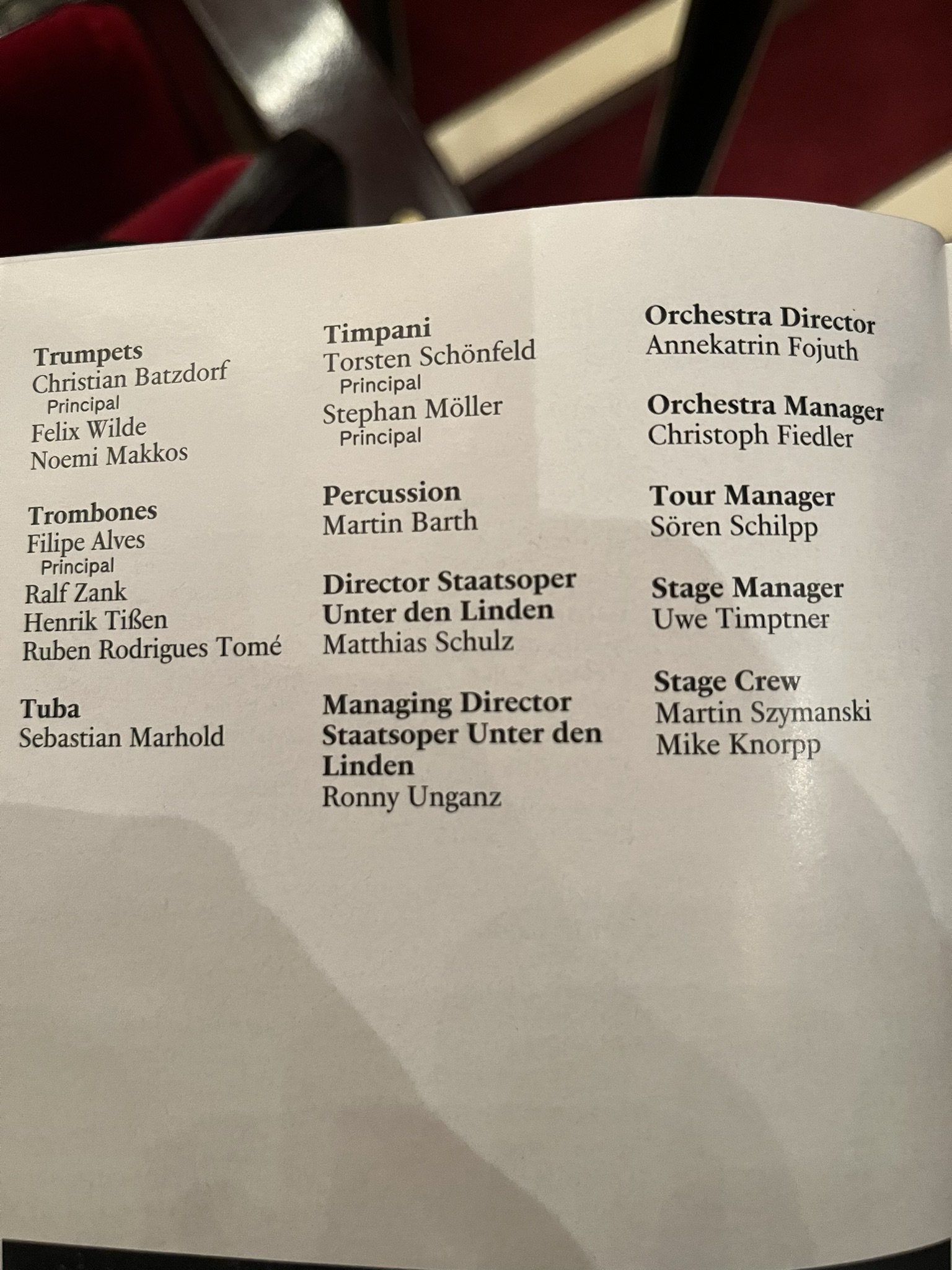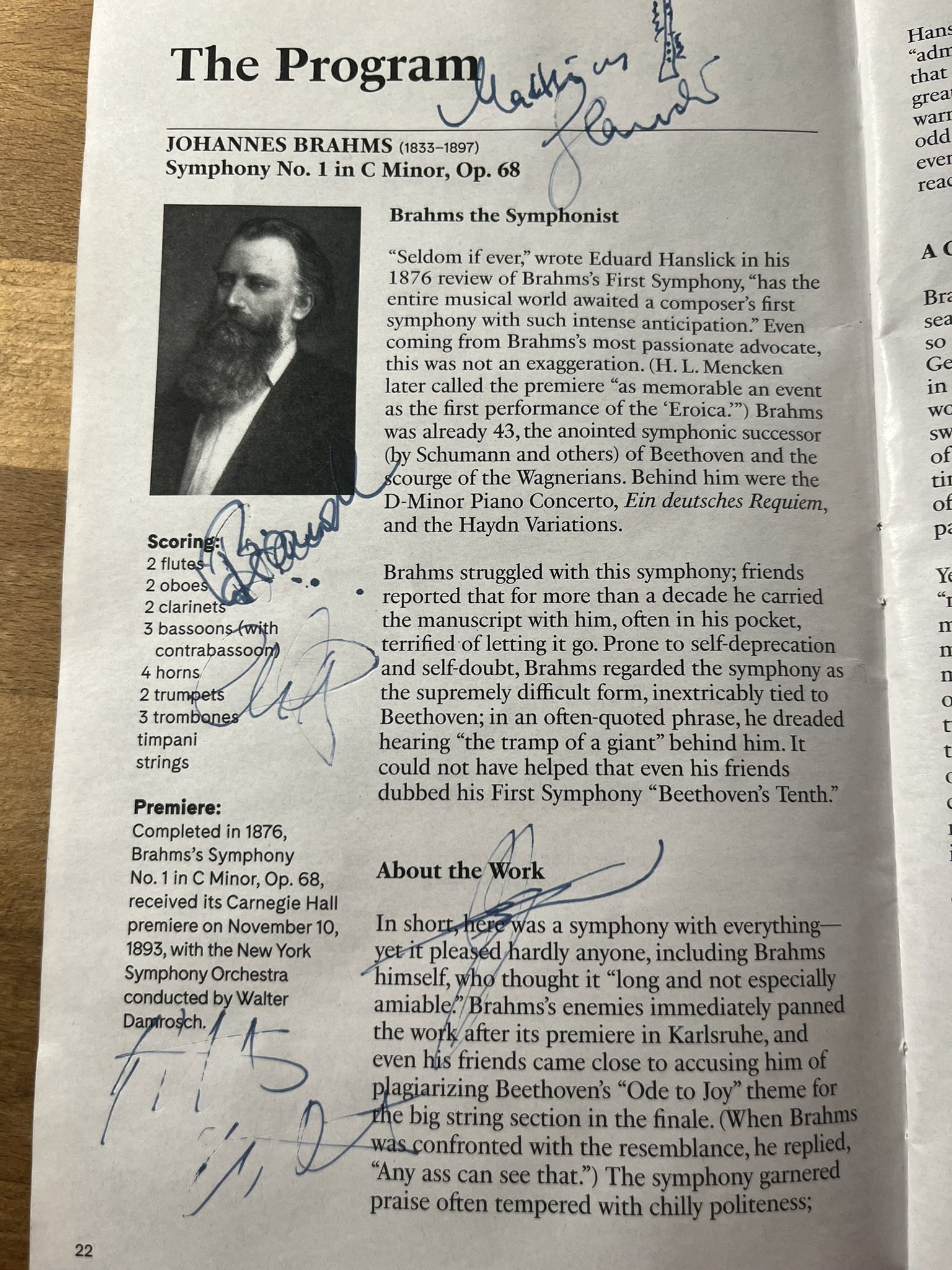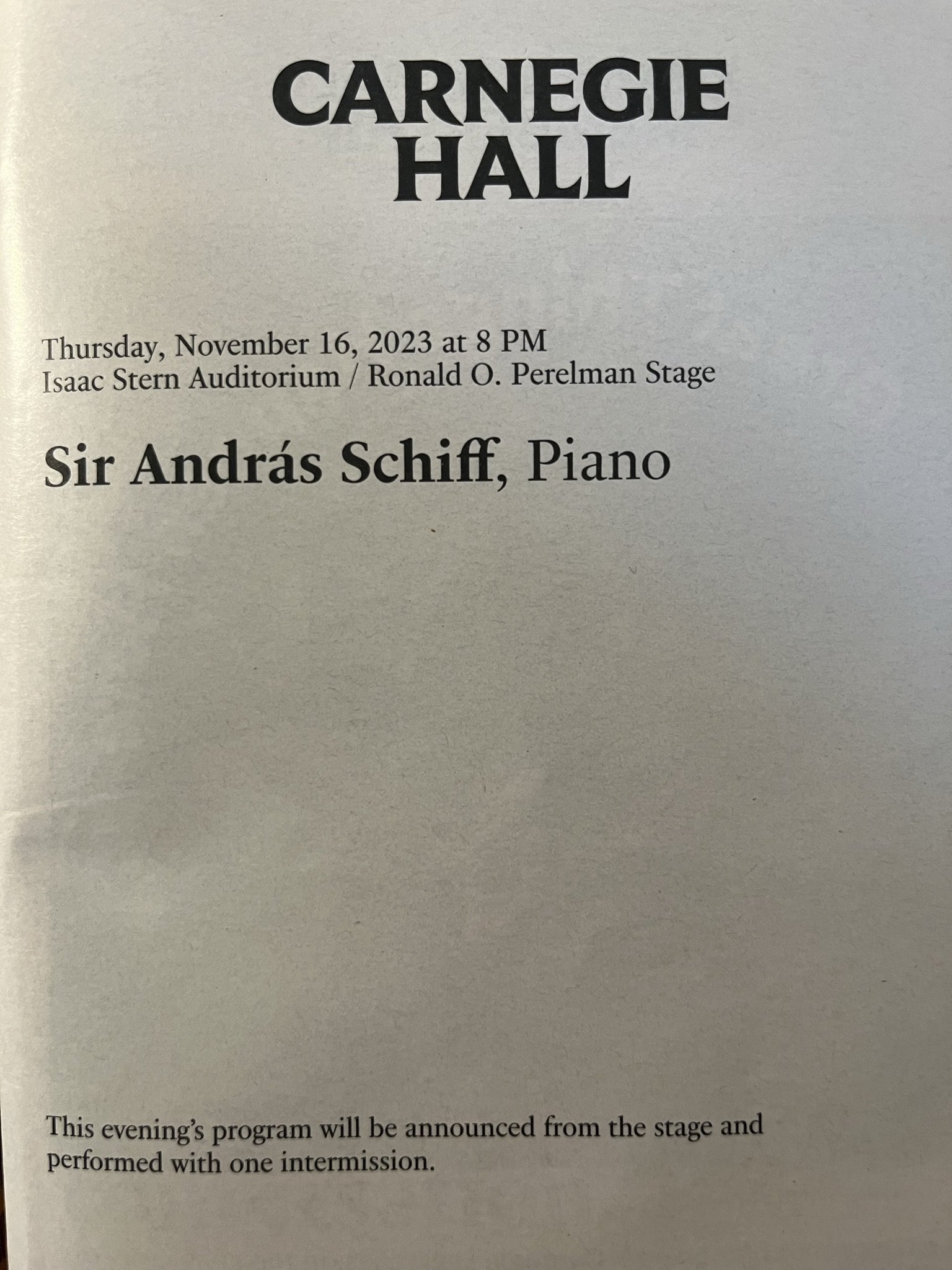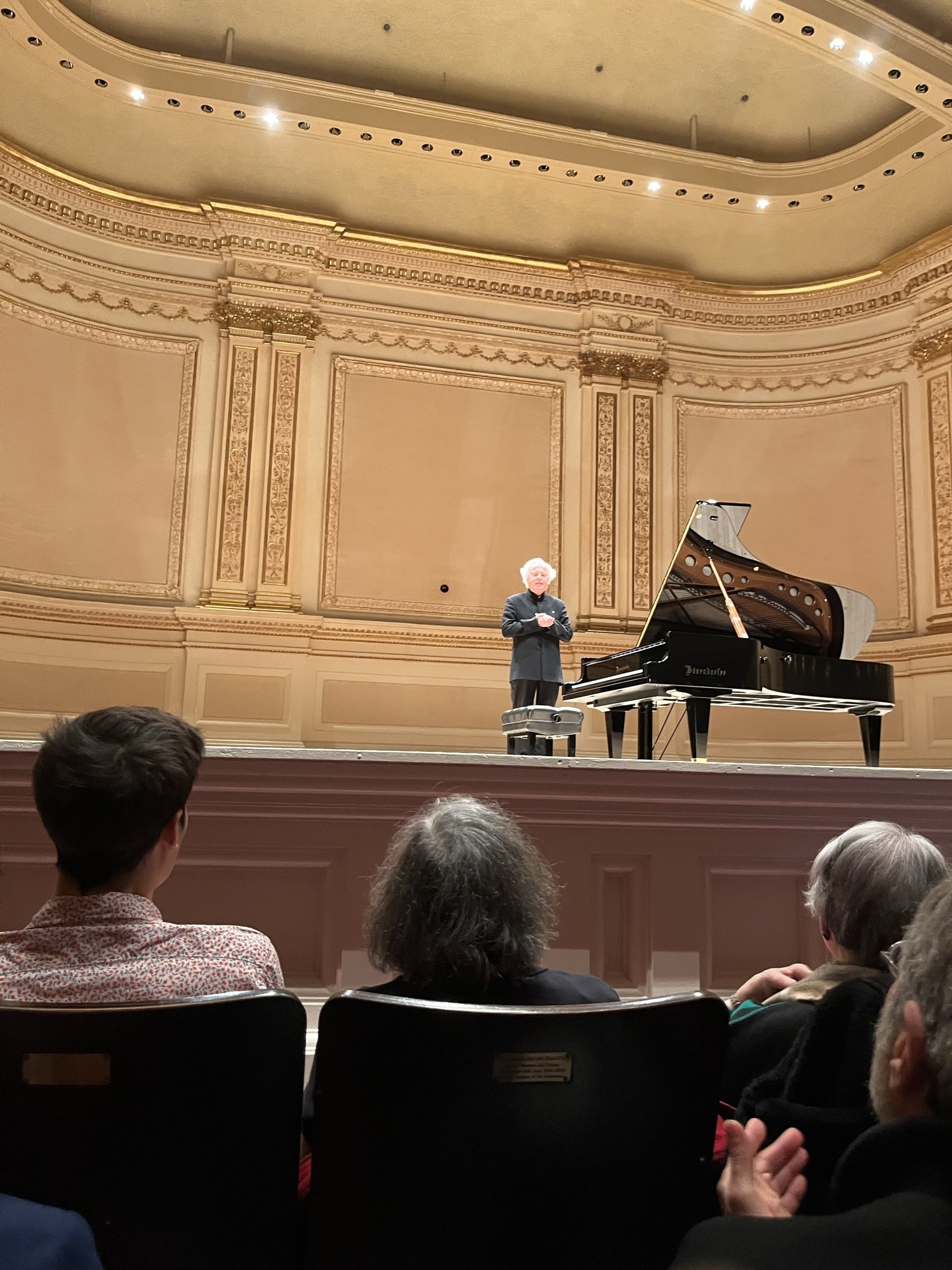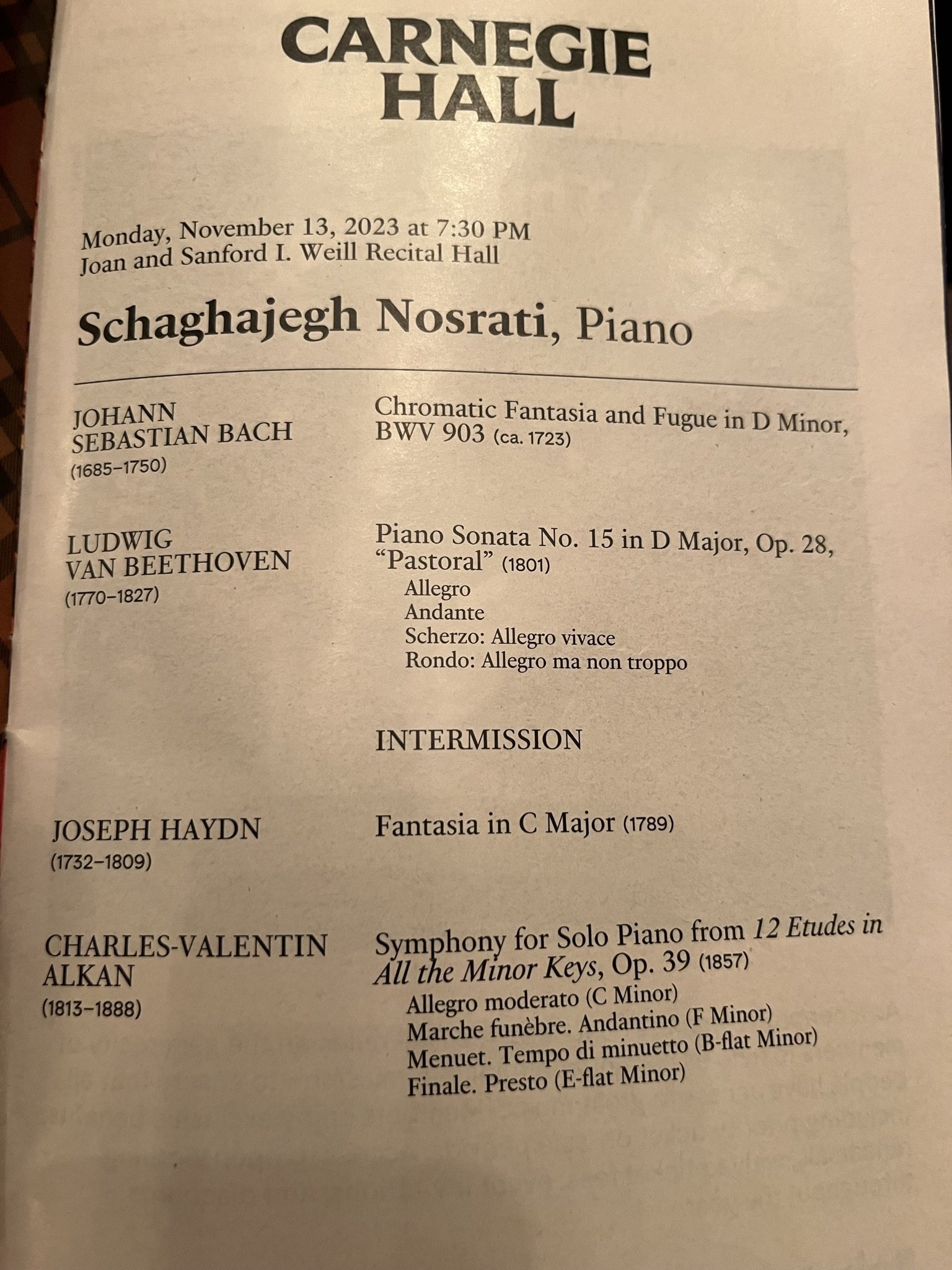“Speaking as a professional, Rigoletto, speaking as an amateur, La Traviata.” by Verdi
Conductor
Nicola Luisotti
Violet ta valéry
Angel Blue
Alfredo Germont
Dmytro Popov
Giorgio Germont
Artur Ruciński
Premiere: Teatro La Fenice, Venice, 1853
Libretto by Francesco Maria Piave (1810–76), Verdi’s librettist for La Traviata, collaborated with him on ten works, including Ernani, Rigoletto, La Forza del Destino, and the original versions of Macbeth and Simon Boccanegra.
The Setting
With La Traviata, Verdi and Piave fashioned an opera from a play set in contemporary times—an anomaly in the composer’s long career. Dumas’s La Dame aux Camélias was a meditation on (and reinterpretation of) the author’s youthful affair with the celebrated courtesan Marie Duplessis, known as a sophisticated and well-read woman whose charms and tact far surpassed her station.
The Music
Verdi’s musical-dramatic ability to portray the individual in a marginalized relationship to society keeps this work a mainstay on the world’s stages— according to popular lore. The vocal and emotional scope of the title character is enormous: Compare the defiant fireworks in the showstopping Act I aria “Sempre libera degg’io” to the haunting regret of Act III’s “Addio, del passato.” The dramatic demands continue in Violetta’s interactions with others, most notably in the extended Act II confrontation with her lover’s father, Germont. Often cited as the emotional core of La Traviata, it is one of the most resoundingly truthful scenes in opera. Germont embodies the double-faced morality of the bourgeoisie, and Violetta’s interactions with him parallel her precarious dealings with society in general. She begins with defiance, becomes desperate, and finishes defeated. It is a vast journey within a single scene.
Note,
La Traviata, the result is an appealing intimacy of tone, an exploration in music of the vulnerable human heart.
A subject for the age, indeed: In the wake of the French Revolution and the Napoleonic Wars, a newly heterogeneous, parvenu Parisian society indulged in the hedonism of every kind. The bourgeoisie claimed its right to privileges formerly reserved for the elite, and men and women alike were on the make. By the midcentury, prostitution was linked to the concept of modernity as part of burgeoning social mobility and opportunism in cities, far from the moral strictures in country villages. As Dumas fils observed in his 1842 Streetwalkers, Lorettes [middle-class kept women], and Courtesans, it was more profitable for a lower-class girl than factory work or shoplifting. If there was misery aplenty for lowly streetwalkers, the courtesans often lived lives of luxury. The real-life inspiration for Violetta was Marie Duplessis, and she was the mistress of, among others, Count Ferdinand Montguyon, Antoine Agenor de Guiche, the elderly Baltic German Count Gustav Ernst von Stackelberg, and Count Edouard de Perregaux, who eventually married her. She died in February 1847, at age 23, of tuberculosis.
Dumas had an affair in 1844–45 with Duplessis that ended badly. In a mixture of myth and the transformation of real life, he wrote his novel La Dame aux Camélias in 1848, then turned it into a drama in 1852. In the play, Dumas toned down the promiscuity of Marguerite (as Duplessis’s stand-in was named), deleted the red camellia that was her code for menstruation and hence unavailability for lovemaking (the white camellia had the opposite meaning), and made her kinder, more loving, than her earlier incarnation. If Verdi and his librettist Francesco Maria Piave are faithful to the play in many respects, they carry the idealization of their heroine Violetta Valéry much farther than Dumas did, and the results of their shared labors are greater by far than either the novel or the play.
In Verdi’s music, Violetta is at the center of it all from the beginning: Take, for example, the divided high strings that bespeak her frailty in the opening orchestral prelude and the violins’ lyrical melody that follows, evocative of her grace and sweetness. But she is also part of a glittering social scene. The music we hear in the beginning is borrowed in part from Verdi’s 1841 opera Oberto, Conte di San Bonifacio, and it showcases Violetta’s charming coquetry. When the partygoers call for a brindisi (drinking song), Alfredo obliges with one of the opera’s most famous numbers, “Libiamo ne’ lieti calici,” to which Violetta responds in kind. Waltzes by the banda (the stage band playing music that the characters hear) are punctuated by Violetta’s spell of faintness and Alfredo’s concern.
A similar intimacy marks his pizzicato-accompanied lyrical song “De’ miei bollenti spiriti” at the start of Act II, although a fiery and conventional cabaletta, ”Oh mio rimorso!,” follows. When the partygoers depart the first act, Violetta sings the renowned cavatina-cabaletta paired arias that tell of her divided soul: the tender, loving creature who wants to believe the ardent young man (“Ah fors’è lui”) and the pleasure-loving cocotte who would be “Sempre libera” (“Always free”), set to some of the most giddily febrile coloratura ever created.
The duet between Germont and Violetta in Act II is the heart of the opera. Here, Verdi moves from recitative (more speech-like) through arioso (a melodic style midway between recitative and aria) to the duet proper, beginning with Germont’s “Pura siccome un angelo” and proceeding through seven sections in which Violetta traverses almost every tragic emotion possible. By the end of this complex scene, Germont has come to understand Violetta’s true love for his son. He will display that understanding at the end of the act in the big ensemble finale, its climax the moment of outrage when Alfredo vents his unwarranted contempt for Violetta by throwing his winnings at her.
The final emphatic passage in the slow concerted ensemble section of the finale.The father’s sorrowful nobility, Alfredo’s shame and confusion, and Violetta’s pathos are each distinct in this ensemble, which ends with the kind of lyrical transfiguration that we expect from Verdi at such moments.
After a French revival of this opera in 1864 by impresario Léon Carvalho, Verdi was asked which of his operas thus far he liked best. He replied, “Speaking as a professional, Rigoletto, speaking as an amateur, La Traviata.” Thereafter, this composer, who both adhered to Italy’s operatic traditions and reinvented them throughout his long life, would avail himself of French grand opera traits, but La Traviata is sui generis in the way it speaks to the heart. No wonder that the “amateur” Verdi loved it, and so do we.
https://www.metopera.org/globalassets/season/2022-23/traviata-la/programs/031123-la-traviata.pdf



